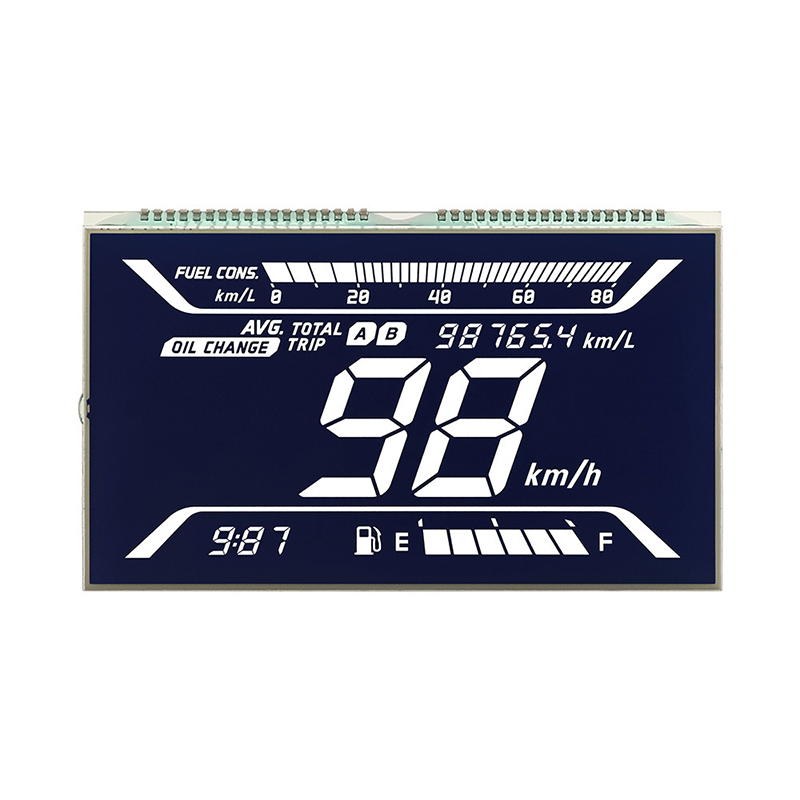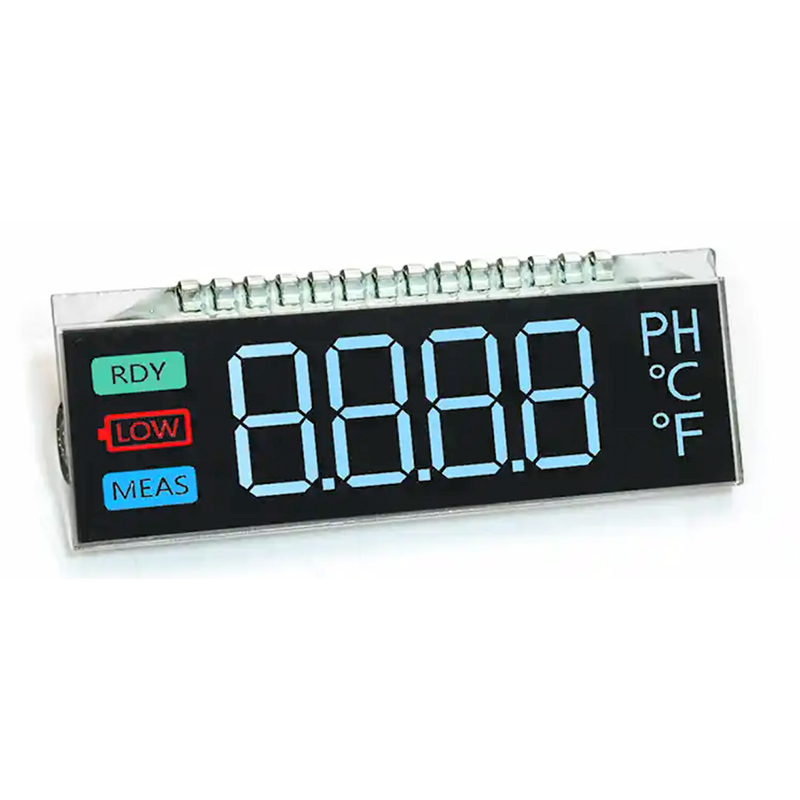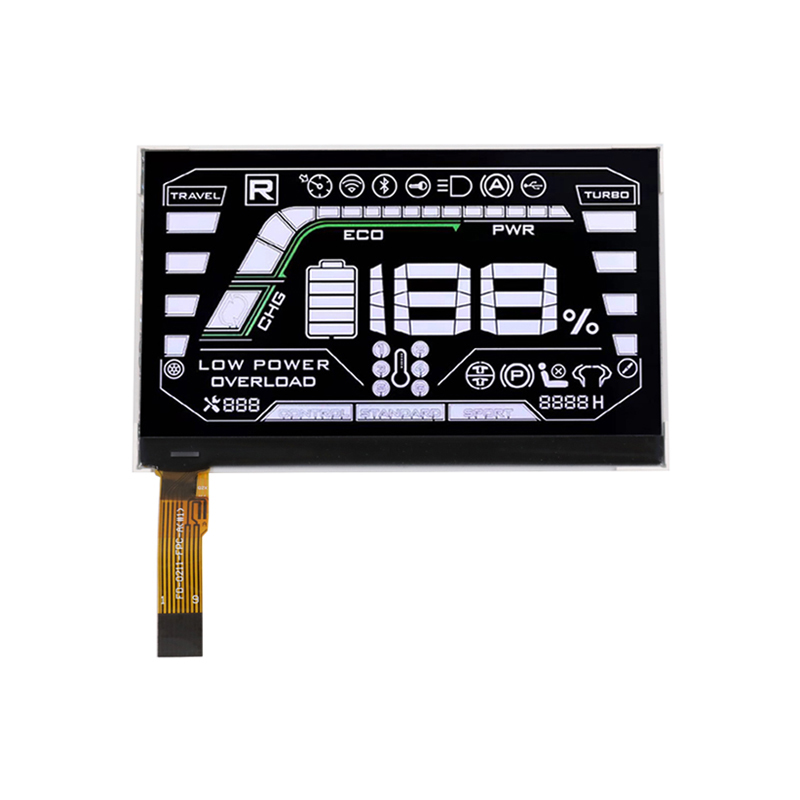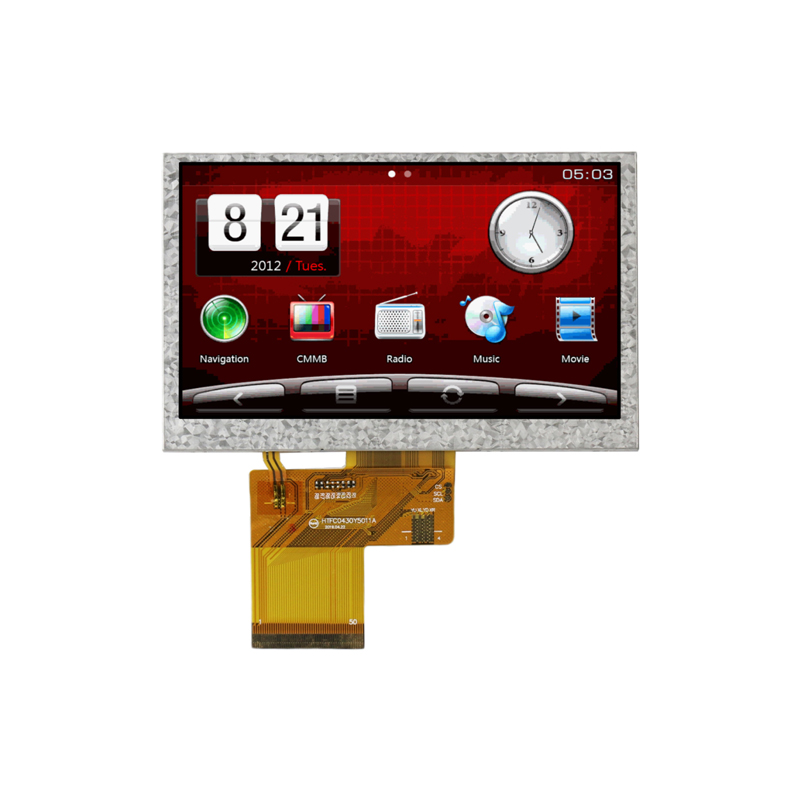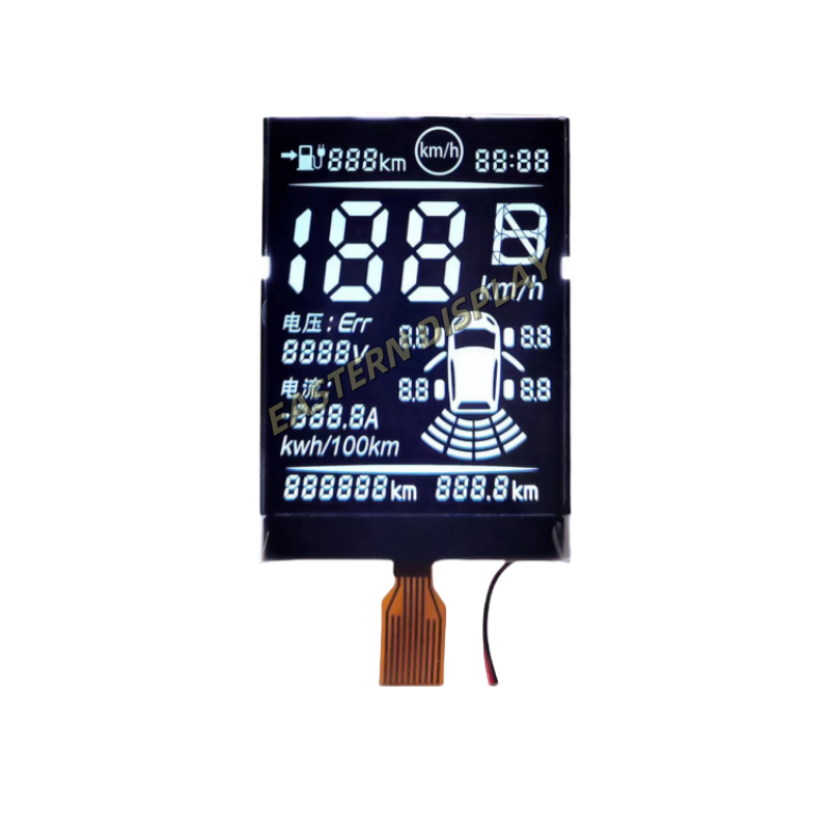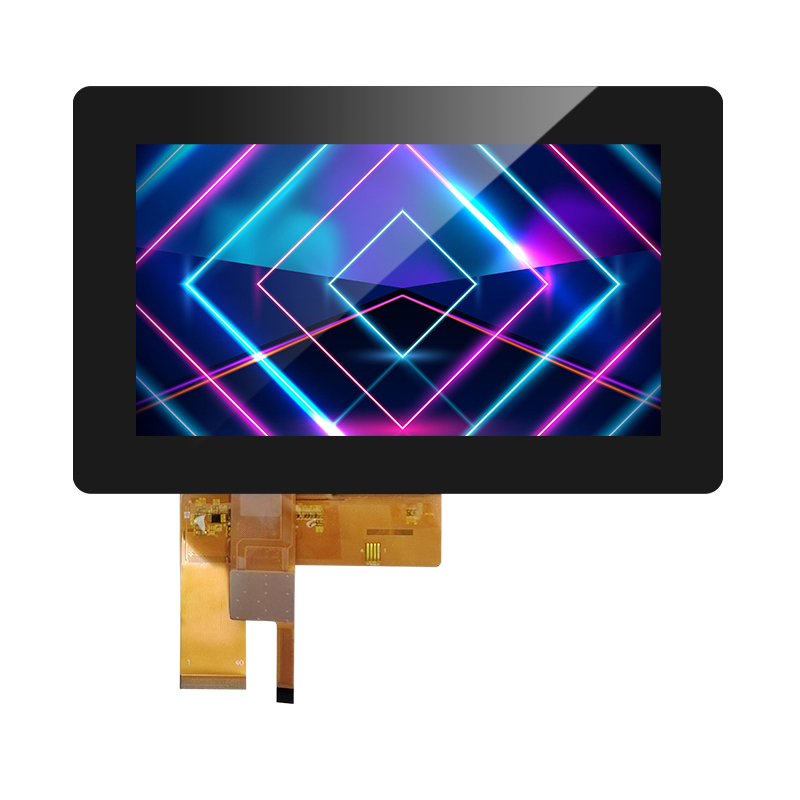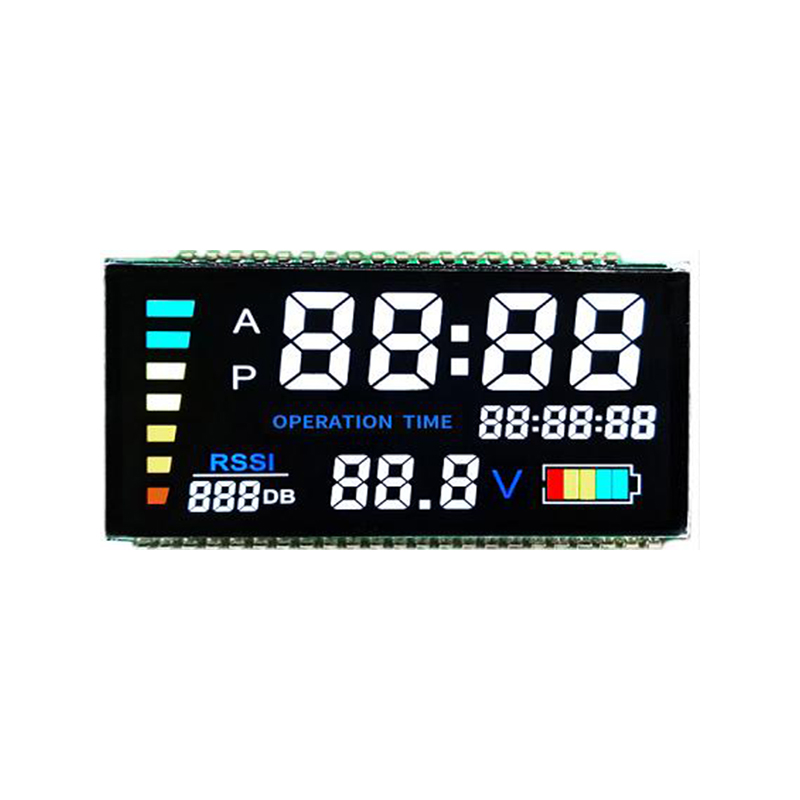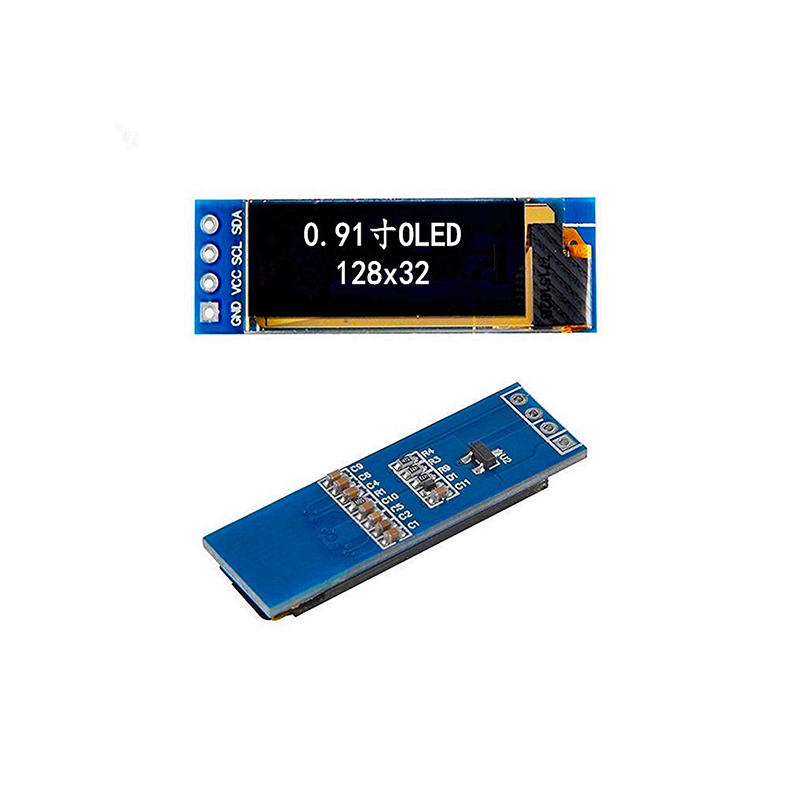
This guide explores the critical factors to consider when selecting a medical TFT display, covering specifications, applications, and key considerations for healthcare professionals and procurement teams. Learn about resolution, brightness, color accuracy, and more to ensure you choose the optimal display for your specific medical application.
Resolution is crucial for image clarity. Higher resolutions, such as Full HD (1920x1080) or even higher, are often preferred for applications requiring detailed image viewing, such as radiology or pathology. Pixel density directly impacts image sharpness; a higher pixel density results in a crisper image. Consider the viewing distance and the level of detail needed for your specific application when making your selection.
Brightness (measured in cd/m2) is essential, especially in brightly lit environments. High brightness ensures clear visibility even under intense ambient light conditions. The contrast ratio determines the difference between the brightest and darkest points on the screen, influencing image depth and detail. For applications involving subtle details, a high contrast ratio is vital. Dalian Eastern Display Co., Ltd. (https://www.ed-lcd.com/) offers a wide range of displays with varying brightness and contrast ratios to suit various medical needs.
Accurate color representation is critical for diagnostic imaging. Displays should adhere to industry standards like DICOM (Digital Imaging and Communications in Medicine) to ensure consistent and reliable color rendering across different devices. The color gamut indicates the range of colors the display can reproduce. A wide color gamut is beneficial for applications requiring accurate color differentiation.
The viewing angle determines how clearly the image is seen from different angles. A wider viewing angle is advantageous for situations where multiple people need to view the screen simultaneously. Response time, measured in milliseconds (ms), affects the clarity of moving images. Faster response times are preferred for dynamic applications where image fluidity is important.
Medical TFT displays are widely used in various diagnostic imaging modalities, including radiology (X-ray, CT, MRI), ultrasound, and endoscopy. The high resolution and accurate color representation are crucial for precise diagnosis. The selection of the appropriate Medical TFT display will depend on the specific modality and the level of detail required. For instance, radiology often necessitates displays with higher resolutions and brightness levels than ultrasound.
In minimally invasive surgery, Medical TFT displays provide surgeons with real-time views of the surgical field, enhancing precision and reducing invasiveness. Features like high brightness, wide viewing angles, and low latency are essential in these applications to ensure seamless visual feedback.
Medical TFT displays are crucial in patient monitoring systems, displaying vital signs such as heart rate, blood pressure, and oxygen saturation. Clear and easily readable displays are necessary for quick and accurate assessment of a patient's condition.
The optimal Medical TFT display depends heavily on its intended application. Consider the following factors:
| Feature | Considerations |
|---|---|
| Resolution | High resolution for detailed image viewing; consider pixel density. |
| Brightness | High brightness for bright environments; consider ambient light conditions. |
| Color Accuracy | DICOM compliance for diagnostic imaging; wide color gamut for accurate color differentiation. |
| Viewing Angle | Wide viewing angle for multiple viewers; consider the physical setup. |
Remember to always consult the specifications provided by the manufacturer, such as Dalian Eastern Display Co., Ltd. (https://www.ed-lcd.com/), before making a purchase to ensure compatibility with your existing systems and specific requirements.

